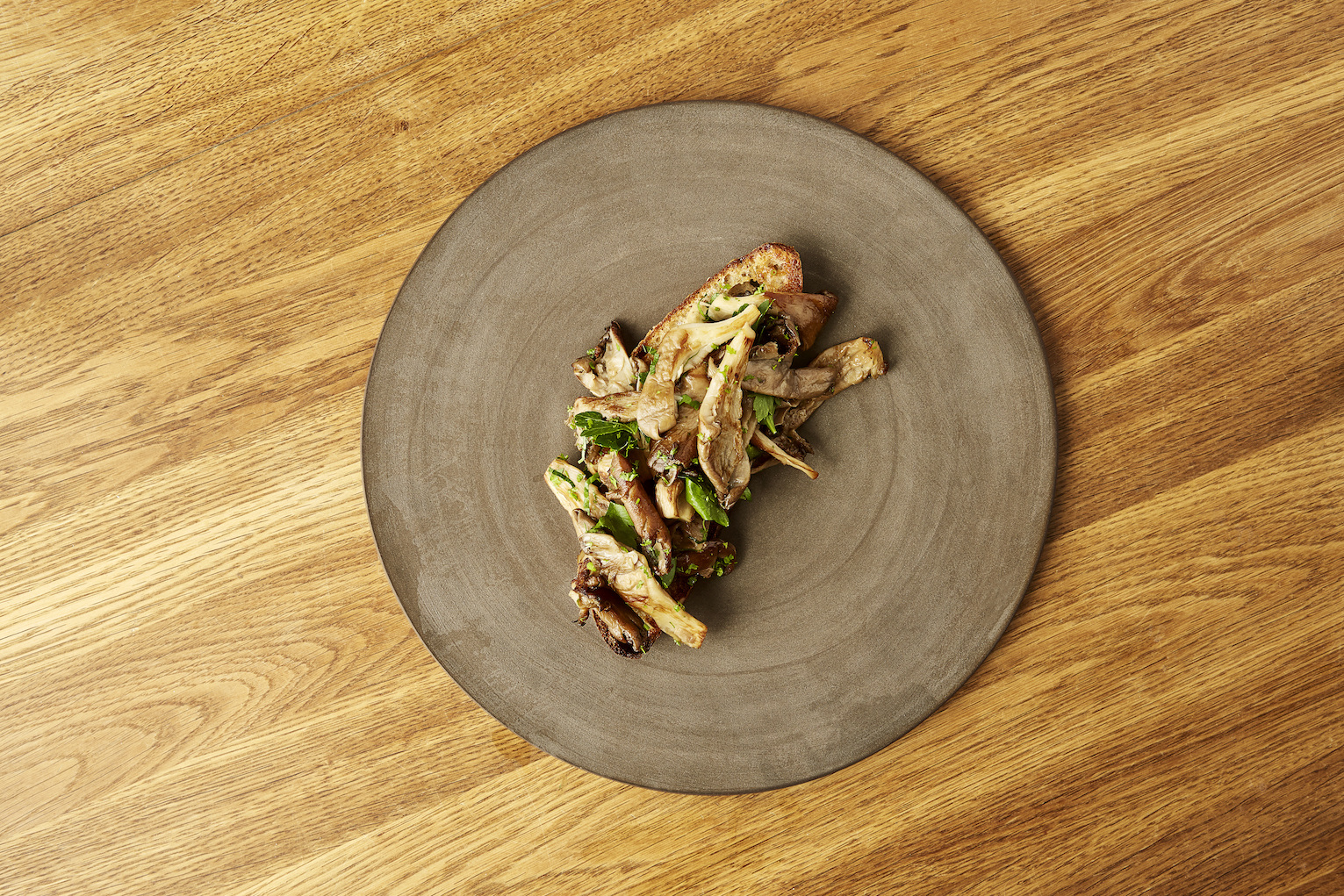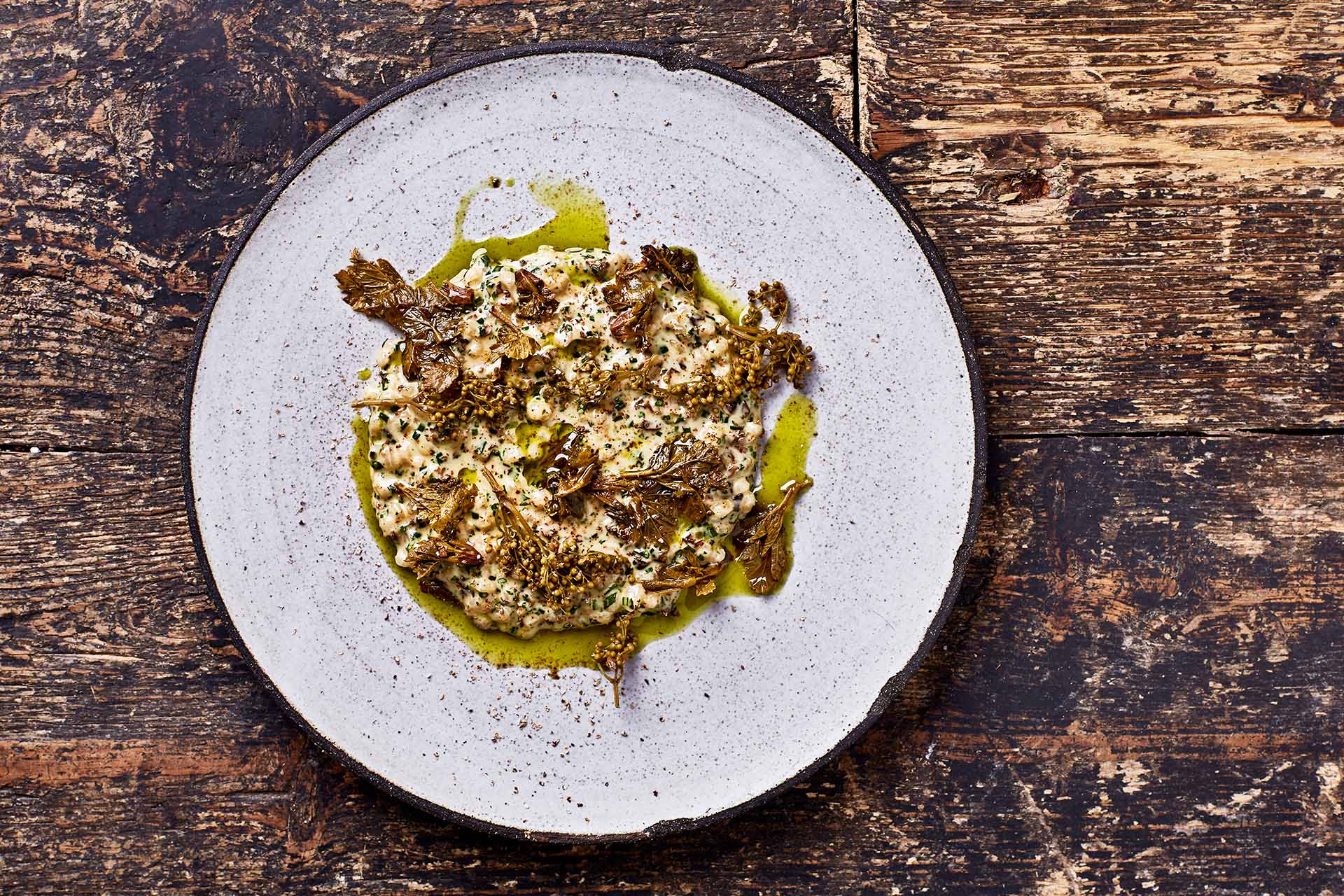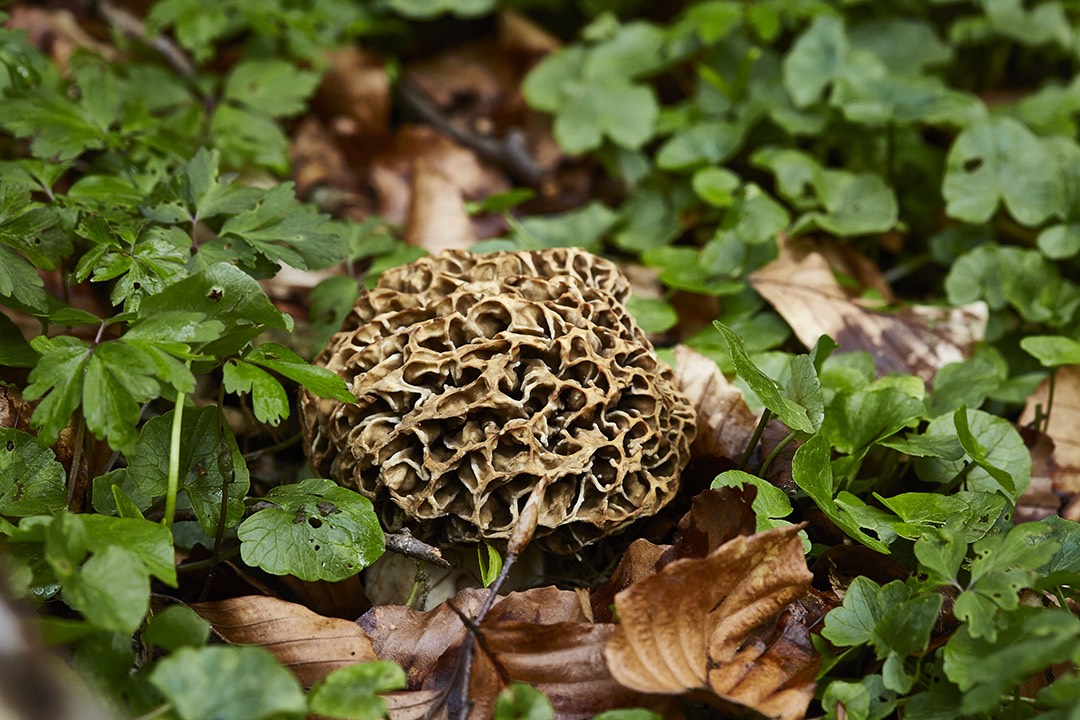
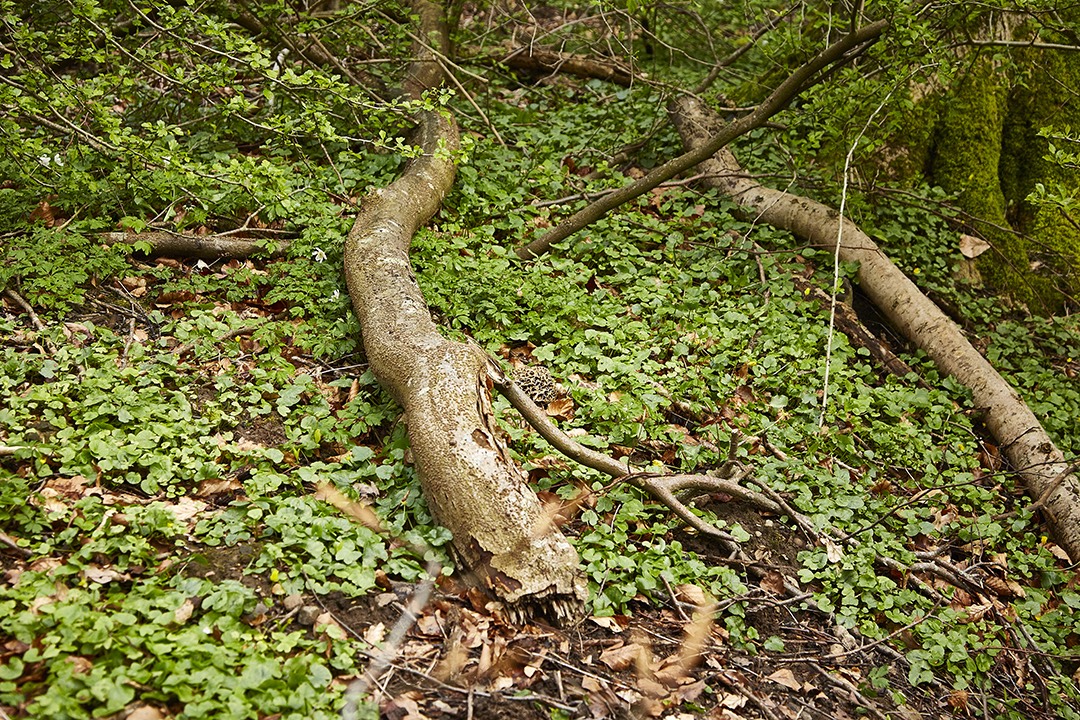
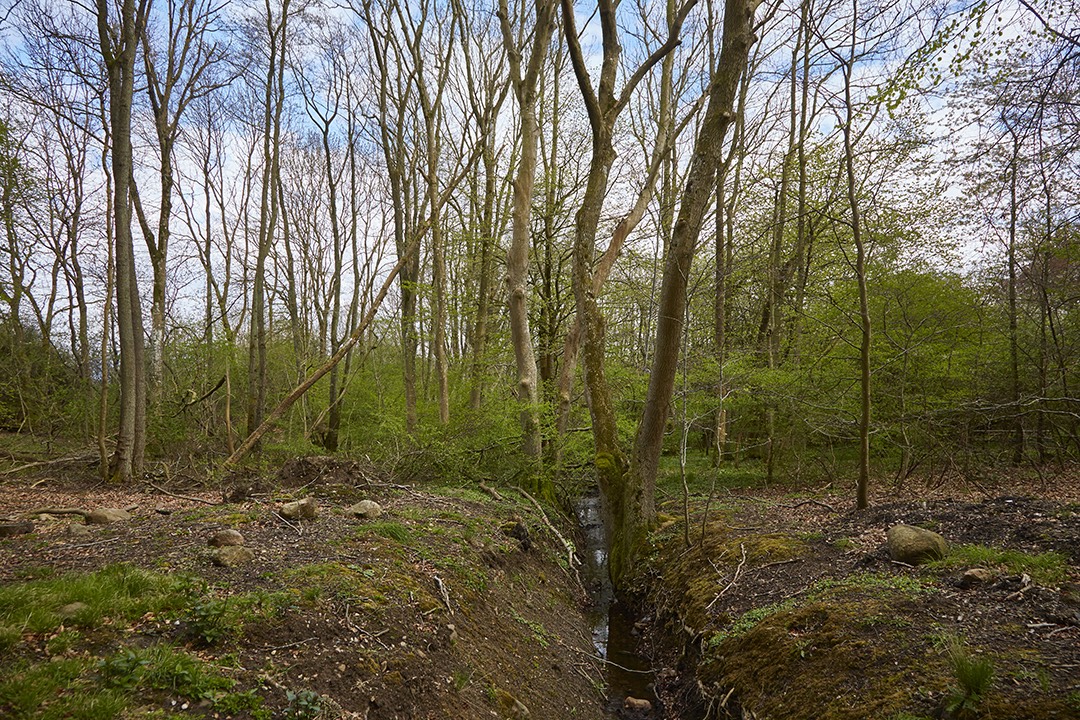
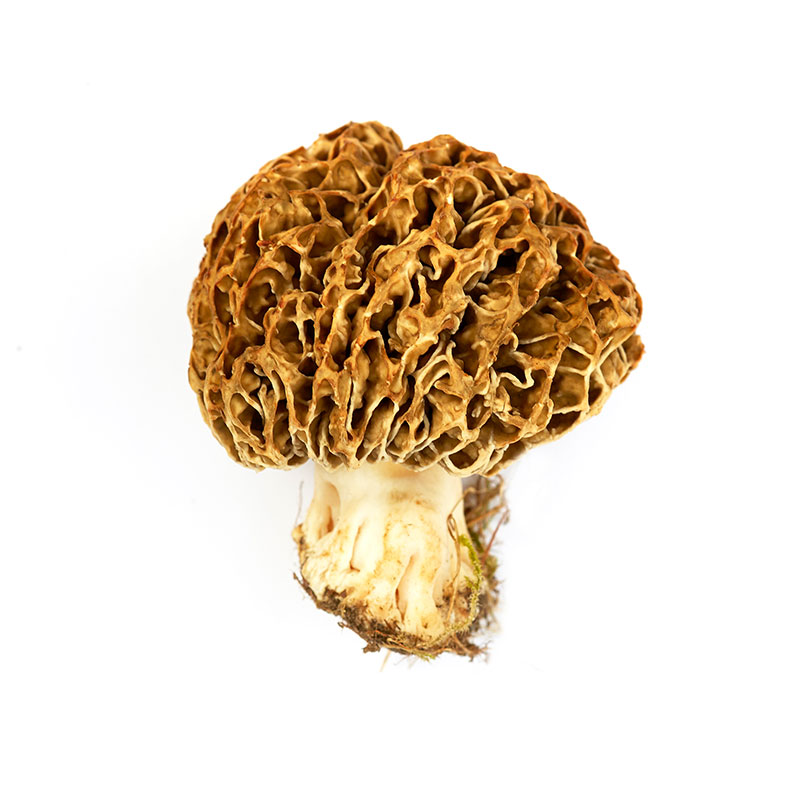
Morel, Common
Alongside truffles, moresl are probably the most expensive mushrooms you may be lucky enough to find in the Danish wilderness. The price is not only a result of their rarity, but also a reflection of their uniquely delicious flavor.
-
Where to Find It
You'll find edible morel in rich soil that's full of nutrients—in parks, gardens, and open deciduous forests. They can also pop up in cemeteries and ramparts, often where wood chips have been laid down. They're a relatively rare find, so keep an eye on the forest floor.
Deciduous forests, towns.
-
When to Find It
Morels are one of the first great edible mushrooms of spring. They usually fruit in April and May, but can linger into June.
Entire mushroom: April, May, June.
-
How to Spot It
Morel is a very distinctive mushroom that most closely resembles one of the natural sponges people use in the shower, or perhaps the surface of a distant planet. Common morel has a deeply pitted cap that rests on a 6-to-12-cm-tall white stem. The cap itself grows to seven or eight centimeters, and four to six cm in diameter. Light brown at its edges, the honeycomb-like cap grows darker towards its center. Morels are hollow and the bottom edge of the cap fuses with the stem.
-
How to Pick It
Only pick morels that have firm, springy flesh and nice, white stems. By the end of their season, morels tend to be infested with larvae, beetles, and other small creatures, but unwelcome guests may be hiding in their intricate surface and hollow interior regardless of when they’re picked. Be thorough, then, when brushing and washing them—but also be careful not to oversoak them as morels are extremely porous. Harvest the mushroom by carefully twisting it loose or cutting it at its base. Check the cut to see if the mushroom is infested with vermin and if the flesh is even.
Risk of misidentifying the plant
Take care not to confuse common morel with false morel, which is not edible, but in fact toxic. False morels grow in coniferous forests and have very dark caps, whereas common morels—and other edible morel varieties—are lighter in color. The cap on the false morel is also lobed like a brain and not pitted like common morel.


